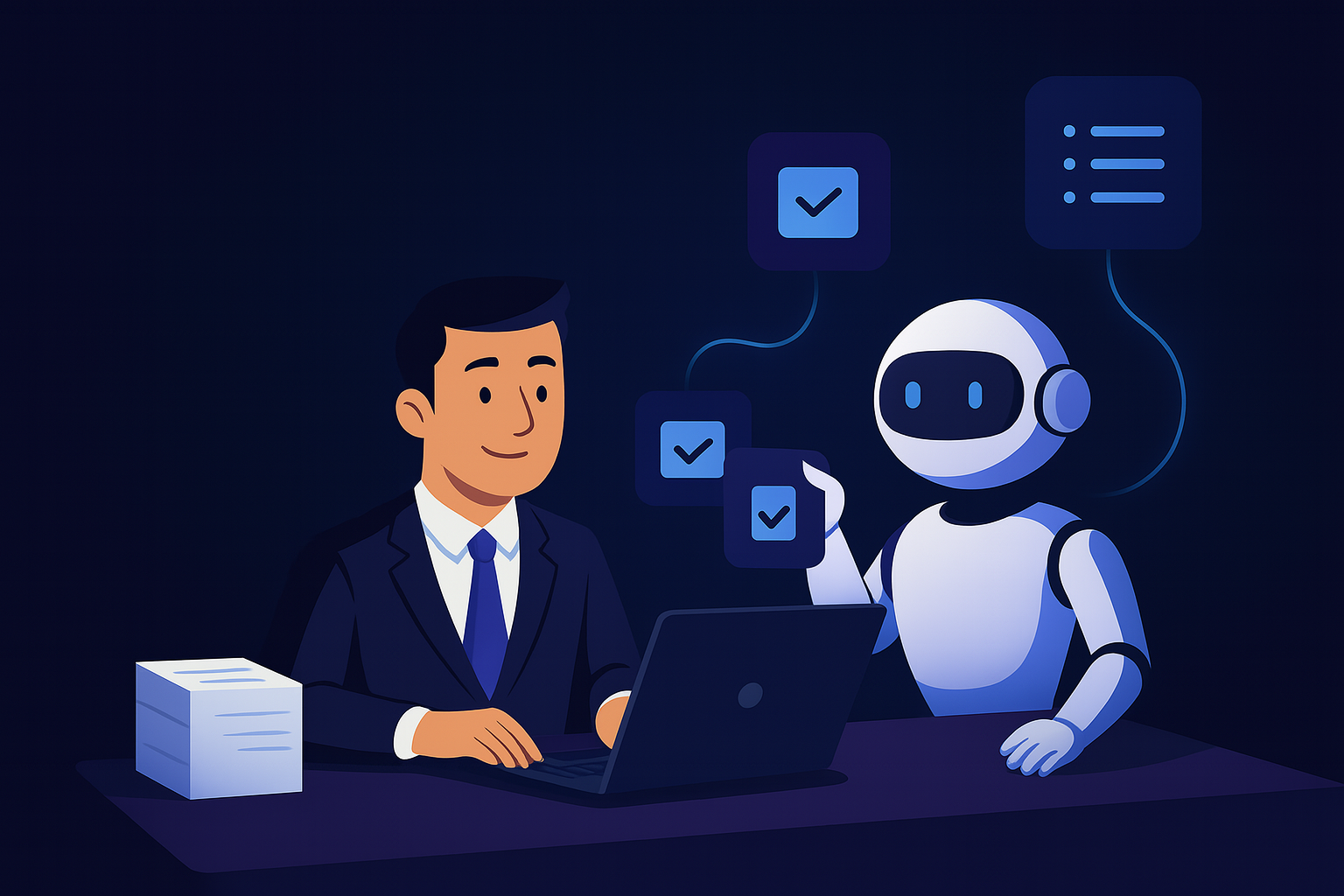In today’s interconnected digital ecosystem, the ability to seamlessly share data and functionality between different applications is no longer a luxury—it’s a business necessity. API (Application Programming Interface) integration has become the backbone of modern digital architecture, enabling organizations to create cohesive experiences, automate processes, and unlock new business capabilities. This comprehensive guide explores how businesses can strategically approach API integration in 2025 and beyond.
Understanding the Strategic Value of API Integration
APIs have evolved from simple technical connectors to strategic business assets that drive innovation and competitive advantage. Before diving into implementation details, it’s essential to understand the business value that effective API integration delivers:
1. Enhanced Customer Experience
Modern customers expect seamless, consistent experiences across all touchpoints. API integrations enable:
- Unified Customer Views: Connecting CRM, support, and marketing systems to provide service representatives with complete customer context
- Omnichannel Experiences: Ensuring consistent information and capabilities across web, mobile, and in-store experiences
- Personalization at Scale: Leveraging data from multiple systems to deliver highly personalized interactions
2. Operational Efficiency
API integration eliminates manual processes and data silos:
- Automated Workflows: Triggering actions across multiple systems without human intervention
- Real-time Data Synchronization: Ensuring all systems operate with the most current information
- Reduced Data Entry: Eliminating redundant data input across different applications
3. Business Agility and Innovation
Well-designed API architecture enables organizations to adapt quickly:
- Faster Time to Market: Building new capabilities by combining existing services rather than starting from scratch
- Ecosystem Participation: Easily connecting to partner systems and third-party services
- Incremental Modernization: Gradually replacing legacy systems while maintaining business continuity
Types of APIs and Integration Patterns
Understanding different API types and integration patterns helps organizations select the right approach for each use case:
API Types
1. REST APIs (Representational State Transfer)
- Characteristics: Stateless, client-server architecture using standard HTTP methods
- Best For: Web applications, mobile apps, and general-purpose integrations
- Advantages: Widely adopted, easy to understand, excellent tooling support
2. GraphQL APIs
- Characteristics: Query language that allows clients to request exactly the data they need
- Best For: Applications with complex data requirements and varying client needs
- Advantages: Reduced network overhead, version-free evolution, strong typing
3. SOAP APIs
- Characteristics: Protocol-based APIs with formal contracts (WSDL) and extensive standards
- Best For: Enterprise applications with strict security and transaction requirements
- Advantages: Built-in error handling, strong typing, comprehensive security features
4. Webhook APIs
- Characteristics: Event-driven APIs that send data when specific events occur
- Best For: Real-time notifications and event-driven architectures
- Advantages: Reduced polling, real-time updates, efficient resource usage
Integration Patterns
1. Point-to-Point Integration
- Description: Direct connections between two systems
- Best For: Simple integrations with few endpoints
- Considerations: Can become unmanageable as the number of integrations grows
2. Hub-and-Spoke Integration
- Description: Central system (hub) connects to multiple applications (spokes)
- Best For: Organizations with a dominant central system
- Considerations: Hub can become a bottleneck or single point of failure
3. API Gateway Pattern
- Description: Dedicated layer that handles API traffic, security, and routing
- Best For: Complex environments with multiple APIs and consumers
- Considerations: Requires investment in gateway infrastructure and governance
4. Event-Driven Architecture
- Description: Systems communicate by producing and consuming events
- Best For: Real-time processing and loose coupling between systems
- Considerations: Requires robust event management and monitoring
Building a Strategic API Integration Roadmap
Successful API integration requires a thoughtful, strategic approach:
1. Inventory and Assessment
Start by understanding your current landscape:
- System Inventory: Document all applications, their functions, and data they manage
- Data Flow Analysis: Map how information currently moves between systems
- Pain Point Identification: Identify manual processes, data inconsistencies, and bottlenecks
- Integration Readiness: Assess each system’s API capabilities and limitations
2. Prioritization Framework
Not all integrations deliver equal value. Prioritize based on:
- Business Impact: Revenue potential, cost savings, or customer experience improvements
- Technical Feasibility: Availability of APIs, data compatibility, and technical complexity
- Strategic Alignment: Support for key business initiatives and long-term technology strategy
- Resource Requirements: Time, expertise, and budget needed for implementation
3. Architecture Design
Design an integration architecture that balances immediate needs with long-term flexibility:
- API Management Strategy: Decide whether to build, buy, or adopt a hybrid approach
- Security Model: Define authentication, authorization, and data protection standards
- Performance Requirements: Establish expectations for throughput, latency, and availability
- Scalability Considerations: Plan for growing transaction volumes and additional endpoints
4. Implementation Approach
Choose an implementation approach that matches your organization’s capabilities and needs:
- In-House Development: Building custom integrations with internal resources
- Integration Platform as a Service (iPaaS): Using cloud-based tools to build and manage integrations
- Pre-Built Connectors: Leveraging vendor-provided integration solutions
- Hybrid Approach: Combining multiple methods based on use case requirements
Best Practices for Successful API Integration
1. Standardization and Governance
Establish clear standards to ensure consistency and maintainability:
- API Design Guidelines: Define naming conventions, error handling, versioning, and documentation standards
- Data Standards: Establish common data models and transformation rules
- Change Management: Create processes for API updates, deprecation, and retirement
- Performance Metrics: Define KPIs to measure API health and usage
2. Security and Compliance
Protect sensitive data and ensure regulatory compliance:
- Authentication: Implement OAuth, API keys, or other appropriate authentication mechanisms
- Authorization: Control access based on user roles and permissions
- Data Protection: Encrypt sensitive data in transit and at rest
- Rate Limiting: Prevent abuse through appropriate throttling
- Compliance Validation: Ensure integrations meet relevant regulatory requirements (GDPR, HIPAA, etc.)
3. Developer Experience
Make your APIs easy to discover and use:
- Comprehensive Documentation: Provide clear, accurate documentation with examples
- Developer Portal: Create a central hub for API discovery and resources
- Sandbox Environment: Offer a safe place for testing and experimentation
- Support Resources: Provide tutorials, SDKs, and responsive support channels
4. Monitoring and Analytics
Implement robust monitoring to ensure reliability and optimize usage:
- Performance Monitoring: Track response times, error rates, and availability
- Usage Analytics: Understand which APIs are most valuable and how they’re being used
- Anomaly Detection: Identify unusual patterns that might indicate problems or abuse
- Business Impact Metrics: Connect API usage to business outcomes
Common API Integration Challenges and Solutions
1. Legacy System Integration
Challenge: Older systems often lack modern API capabilities.
Solutions:
- Implement API adapters or wrappers around legacy systems
- Use robotic process automation (RPA) for systems without programmatic access
- Consider middleware that specializes in legacy integration
- Plan incremental modernization of critical legacy systems
2. Data Consistency and Quality
Challenge: Inconsistent data formats and quality across systems.
Solutions:
- Implement data validation at API boundaries
- Create canonical data models for consistent representation
- Use master data management to establish “sources of truth”
- Build data transformation services to handle format conversion
3. Performance and Scalability
Challenge: Maintaining performance as integration complexity and volume grow.
Solutions:
- Implement caching strategies for frequently accessed data
- Use asynchronous processing for non-time-critical operations
- Design for horizontal scalability from the beginning
- Establish performance testing as part of the development process
4. Version Management
Challenge: Evolving APIs without breaking existing integrations.
Solutions:
- Adopt a clear versioning strategy (URL, header, or parameter-based)
- Maintain backward compatibility whenever possible
- Provide deprecation notices and migration paths
- Support multiple versions during transition periods
Case Studies: API Integration Success Stories
Global Retailer: Omnichannel Customer Experience
Challenge: A major retailer needed to provide consistent inventory, pricing, and customer information across online and in-store channels.
Solution: They implemented an API gateway architecture that exposed core business services to all channels while abstracting backend complexity.
Results:
- 35% increase in cross-channel conversions
- 28% reduction in cart abandonment
- 40% faster launch of new digital capabilities
Financial Services Provider: Open Banking Initiative
Challenge: A bank needed to comply with open banking regulations while creating new partnership opportunities.
Solution: They built a secure API platform that exposed account information and payment services to authorized third parties.
Results:
- Compliance with regulatory requirements
- 15 new fintech partnerships within the first year
- $12M in new revenue from API-enabled services
Healthcare Network: Interoperability Transformation
Challenge: A healthcare provider needed to improve information sharing across facilities while maintaining strict security and compliance.
Solution: They implemented a FHIR-based API architecture with robust identity management and consent tracking.
Results:
- 67% reduction in duplicate tests and procedures
- 42% improvement in care coordination metrics
- Full compliance with interoperability regulations
The Future of API Integration
As we look beyond 2025, several trends will shape the evolution of API integration:
1. API-First Design
Organizations are increasingly adopting an API-first approach, designing systems around well-defined interfaces before implementing the underlying functionality. This approach improves consistency, reusability, and developer experience.
2. Low-Code/No-Code Integration
The democratization of integration through visual, low-code tools will enable business users to create simple integrations without deep technical expertise, accelerating digital transformation initiatives.
3. AI-Enhanced Integration
Artificial intelligence will play a growing role in API integration:
- Automated API discovery and mapping
- Intelligent data transformation and mapping
- Anomaly detection and self-healing integrations
- Predictive scaling based on usage patterns
4. Composable Business Architecture
The concept of composable business—assembling capabilities from interchangeable building blocks—will drive organizations to create well-designed, business-oriented APIs that enable rapid reconfiguration of business processes.
Conclusion
Strategic API integration is no longer just an IT concern—it’s a business imperative that enables organizations to deliver exceptional customer experiences, operate efficiently, and adapt quickly to changing market conditions. By approaching API integration with clear business objectives, thoughtful architecture, and robust governance, organizations can create a connected ecosystem that drives sustainable competitive advantage.
Bot Tasker’s API integration platform simplifies the process of connecting your critical business systems with pre-built connectors, visual workflow designers, and enterprise-grade security. Contact us today to learn how we can help you build a connected, automated business ecosystem through strategic API integration.


